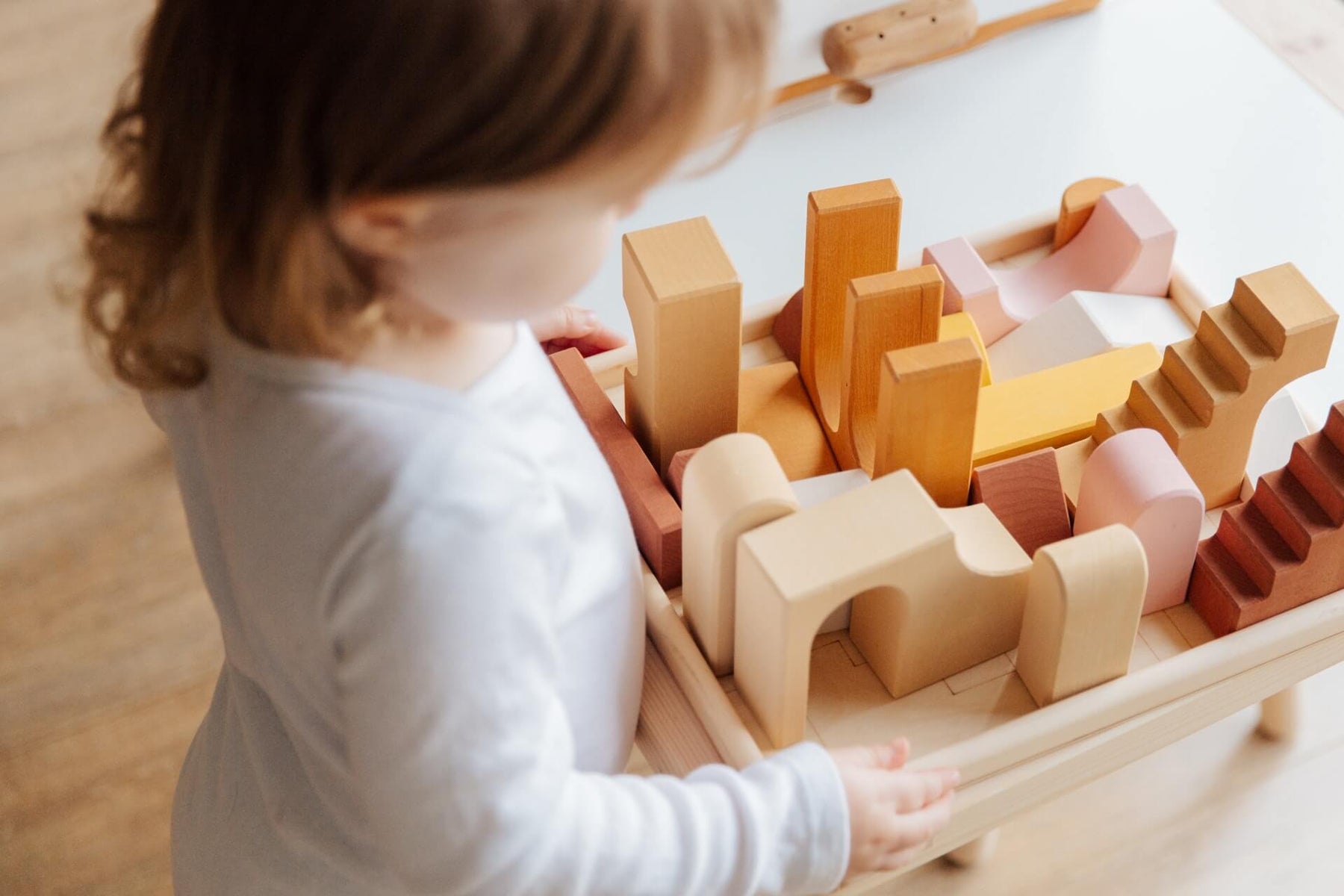
How Do Sensory Toys Help Your Child?
Sensory processing (or sensory integration) is a complex process in which the brain processes information from the sensory systems and produces a response. Dr Jean Ayres defined sensory integration as, ‘the neurological process that organizes sensations from one’s own body and from the environment and makes it possible to use the body effectively within the environment” (Ayres, p11, 1989).
We have 5 commonly known sensory systems including:
Sight
The visual sensory system is responsible for seeing. It allows us to determine shape, colour, orientation and movement so we know what an object is and where it is located.
Sound
The auditory system is responsible for hearing. It identifies sound frequencies so we can make sense of language, music and environmental noises such as cars, birds and waves at the ocean. It is important for alerting us to danger in our environment.
Touch
The tactile system processes touch information including pain, temperature, vibration, light touch and firm touch (also known as proprioception; see below), It also helps us differentiate between textures from sandy, wet, muddy or sticky. It is the first sensory system to develop; as early as within the first month in utero.
Taste
The Gustatory system is responsible for taste. Our taste cells are located in the mouth, tongue and throat. This sense helps us determine safe and harmful things we put in our mouth. It helps discriminate between sweet, salty and bitter tastes. It also helps determine the texture and temperature of things in our mouth.
Smell
The Olfactory system is responsible for smell. Sensory receptors in the nose detect information about smells around us. These receptors send information to the limbic system in the brain which is responsible for emotion, as well as to the cortex which is responsible for logic and thinking. Due to these connections, the olfactory system is strongly linked to emotion and memory. E.g. Identifying a friend by their fragrance, or how happy you feel smelling your favourite meal.
We also have two additional senses related to our perception of movement, balance and body awareness.
Vestibular system;
The vestibular system provides information regarding balance, change in position, muscle tone, spatial awareness and the impacts of gravity.
Proprioception system;
The proprioceptive system detects the body’s position and movement in space. The sensory receptors of the proprioceptive system are based in muscles, tendons and ligaments. It helps us to feel grounded and understand the force we are using and the force placed upon us for example,
We can help children develop their sensory systems effectively through their primary occupation; play. This can happen naturally when they interact and explore their surrounding environment. Naturally, sensory play might look like digging in the sand, swimming, eating a meal with a range of different textures, collecting leaves and flowers or jumping in puddles after it’s been raining.
So what does Sensory Integration in an everyday activity, such as playing at the park, look like?
- The tactile system alerts us to different textures such as ropes, plastic slides, sand or dirt on the ground.
- The proprioceptive system helps children know when to position their bodies to climb equipment, slide down slides, swing on monkey bars or a swing
- The vestibular system provides information to keep children upright or feel safe swing climbing, running or swinging
- The visual system helps navigate obstacles and is stimulated by different coloured objects.
- The auditory system helps in alerting the presence of other children
We can also help children develop their sensory systems through toys. Sensory toys are those that stimulate one or more sensory systems.
Some of our favourite sensory toys at the OT Store are:
- Lycra tunnel; stimulating the tactile, proprioceptive and vestibular systems
- Calm Down Bottle; stimulating visual and tactile systems
- Sensory Stones; stimulating tactile, vestibular, proprioceptive and visual systems
- Touchabubbles; stimulating visual, oral and tactile systems
- Teeter Popper; stimulating vestibular, auditory and proprioceptive systems
It is important to note that the loudest, brightest and most intense toys are not always “the best”. We want to stimulate children’s sensory systems, but not overload them. All children will also have different capacities to tolerate sensory information so introduce toys and experiences gradually.
